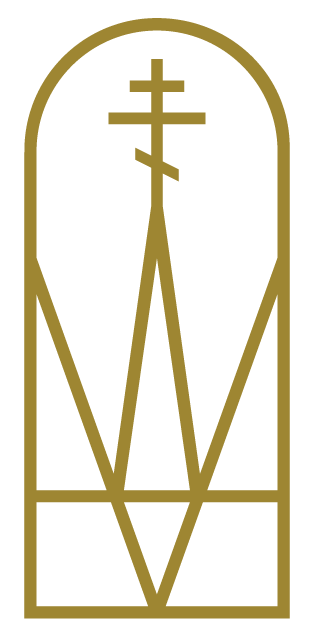Why Does St. John the Baptist Have Wings?
As excerpted from A Reader's Guide to Orthodox Icons.[June 24 we commemorate the nativity of St. John the Baptist]. Why is this Saint, almost uniquely, shown in many icons with wings?
As well as “the Baptist”, John is also known as “glorious prophet and forerunner of Christ”. Therefore, the presence of the wings is to symbolize John’s status as a divine messenger (in Greek “Evangelos”, from where the word “Angel” is derived). It’s worth noting that the wings of the archangels (Gabriel, Michael etc.) in icons are largely symbolic too, as they are not specifically described as having wings in the Scriptures (see: The Divinely revealed appearance of angels in icons).
But if that were all, then why aren’t the prophets of the Old Testament, or the Apostles, shown with the angelic wings of divine messenger? The answer, in the words of Jesus Christ Himself, is because “among those born of women there is no one greater than John;” moreover, he is “the culmination and the crown of the prophets”, as the hymn from the feast of John’s nativity proclaims. Therefore, St John is an especial example among the Saints of an earthly “angel” and a heavenly man. As such, he is also described as the “Angel of the Desert” in the inscriptions of icons.
The life John led in the desert was angelic for two reasons. On the one hand he proclaimed the coming of the Messiah, Jesus Christ, becoming a herald of God like the angels. On the other, he lived a life of chastity, abstinence, and prayer, not being mindful of material needs, but with his attention fixed firmly to heaven. This is the life of the angels, and why the monastic way of life is sometimes called “angelic”, as well as why St John is the patron of monastics, hermits, and ascetics. For both reasons, it is appropriate to show St John with the spiritual wings of a dove.
She that once was barren now brings forth Christ’s Forerunner, John, the culmination and the crown of all the Prophets. For when he, in River Jordan, laid his hand on Him Whom the Prophets preached aforetime, he was revealed as God the Word’s fore-chosen Prophet, His mighty preacher, and His Forerunner in grace.
(Kontakion from the Feast of the Nativity of John the Baptist)
+++
John the Baptist | John the Forerunner – general article on icons of John the Baptist.
The life of St John the Baptist in iconography
Article on John the Baptist’s Nativity – from Orthodox England, which contains the following excellent passage on St john’s wings:
“…the Baptist John, thus came to be called ‘the Forerunner of Christ’, a star compared to Christ, the Sun of Righteousness. Our Lord Himself called him the greatest born of women. Thus in the Church he has become the particular patron of monks and is called an earthly angel and a heavenly man. This is why in icons which portray him, he is shown as having wings. These are not of course physical wings, they are the spiritual wings of the dove, of one who prays unceasingly, which is the task of all, but especially of those in the monastic life.
The Holy Baptist stands at the very end of the Old Testament, but also at the very beginning of the New Testament. That is why he appears at the beginning of the Gospels. He opens up a new way and answers in a new way the old question which people have posed from ancient times and which I gave at the beginning of this sermon: ‘What is the purpose of life?’ John the Baptist who never married, who remained a virgin, who prophesied, tells us that the purpose of life is to be spiritually fruitful. This is his prophetic revelation to us. Whether we are called to marriage and having children or not, we are called to bring forth spiritual fruit, to improve the world and not to worsen it, to be fruitful, and not to be barren, as his parents had been.”

